How to Troubleshoot Common Issues with Automatic Packing Lines
Troubleshooting Common Issues with Automatic Packing Lines
In the realm of automated production, the relentless hum of packing lines plays a pivotal role in ensuring the seamless flow of goods. However, amidst this mechanical symphony, glitches and interruptions can arise, resembling a discordant note in the otherwise harmonious rhythm. To keep these essential lines running smoothly, swift and effective troubleshooting is paramount.
1. Identify the Culprit: System or Electrical Failure?
When an automatic packing line falters, the first step is to determine the source of the issue. Is it a systemic malfunction, stemming from software or mechanical problems? Or is it an electrical failure, characterized by flickering lights or power outages? By isolating the cause, you can narrow down the potential solutions.
2. Consult the Control Software: A Window into Operation
Modern packing lines rely heavily on control software, acting as their digital brains. When problems arise, accessing the software’s diagnostic tools can provide valuable insights into the system’s behavior. Error codes and performance metrics can help you pinpoint the root cause of the malfunction.
3. Inspect Mechanical Components: Ensuring Smooth Movement
Mechanical components play a crucial role in the seamless functioning of packing lines. Regular inspections of conveyors, feeders, and other moving parts can help identify potential issues, such as worn belts, misaligned rollers, or damaged sensors. Promptly addressing these problems can prevent major breakdowns.
4. Check for Sensor Malfunctions: The Eyes of the Machine
Sensors are the eyes and ears of an automatic packing line, detecting product presence, position, and other parameters. Malfunctioning sensors can lead to incorrect packaging, missed items, or even safety hazards. Thoroughly testing and calibrating sensors is essential to maintain their accuracy and prevent misinterpretations.
5. Maintain Electrical Systems: The Powerhouse of Operation
Electrical systems provide the lifeblood for packing lines, powering motors, controllers, and other components. Loose connections, faulty wiring, or power surges can disrupt the line’s operation. Regular inspections and preventive maintenance can help identify and address potential electrical issues, ensuring reliable power supply.
Conclusion
Troubleshooting common issues with automatic packing lines is a critical skill for optimizing production efficiency and minimizing downtime. By following a systematic approach, identifying the source of the problem, consulting software diagnostics, inspecting mechanical components, checking for sensor malfunctions, and maintaining electrical systems, you can swiftly restore and maintain the smooth operation of these essential production lines.
-
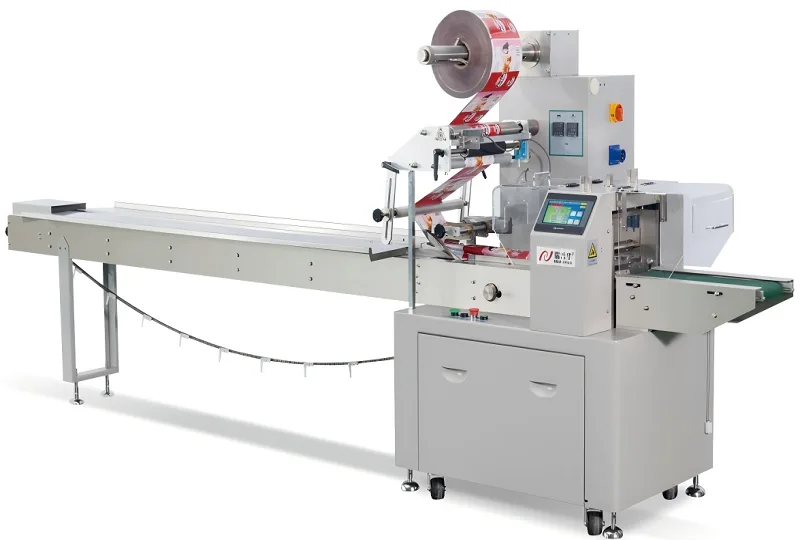 01
01Automatic Tray Loading and Packaging Equipment: Boost Efficiency to 160 Bags/Minute
21-11-2025 -
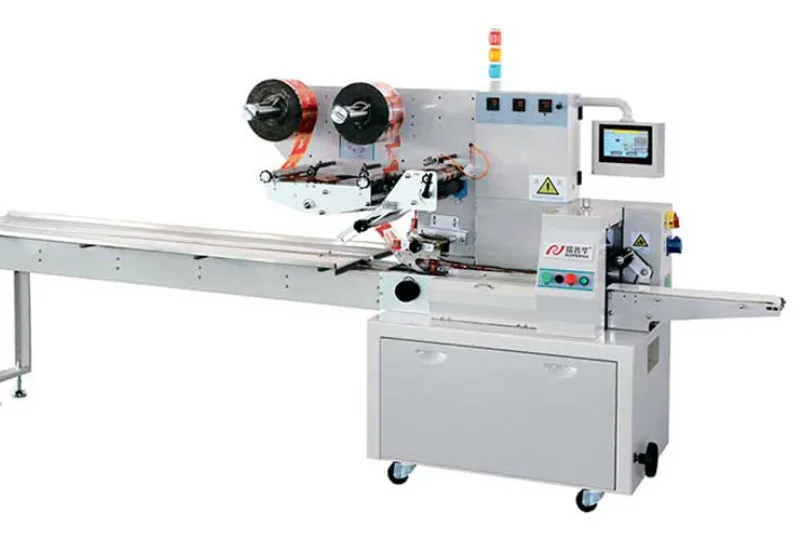 02
02Automatic Soap Packaging Machine: Boost Productivity with 99% Qualification Rate
21-11-2025 -
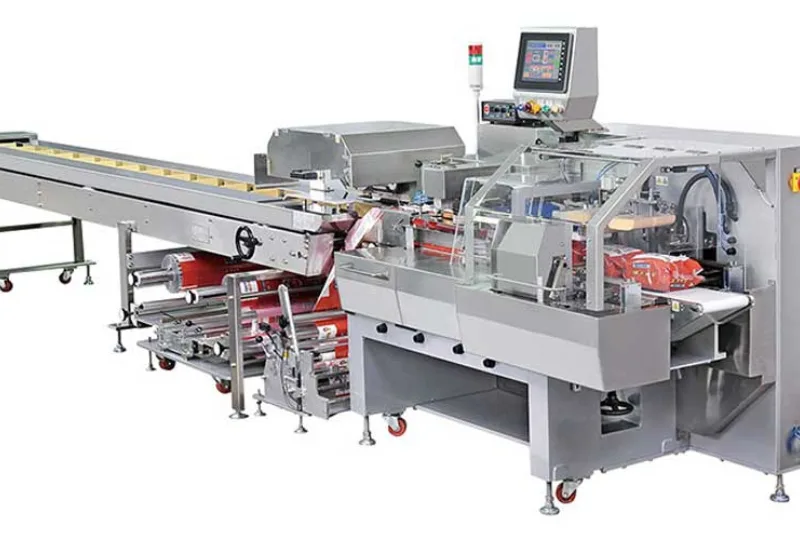 03
03A Deep Dive into Automatic Toast Processing and Packaging System
18-11-2025 -
 04
04The Future of Bakery Production: Automated Toast Processing and Packaging System
18-11-2025 -
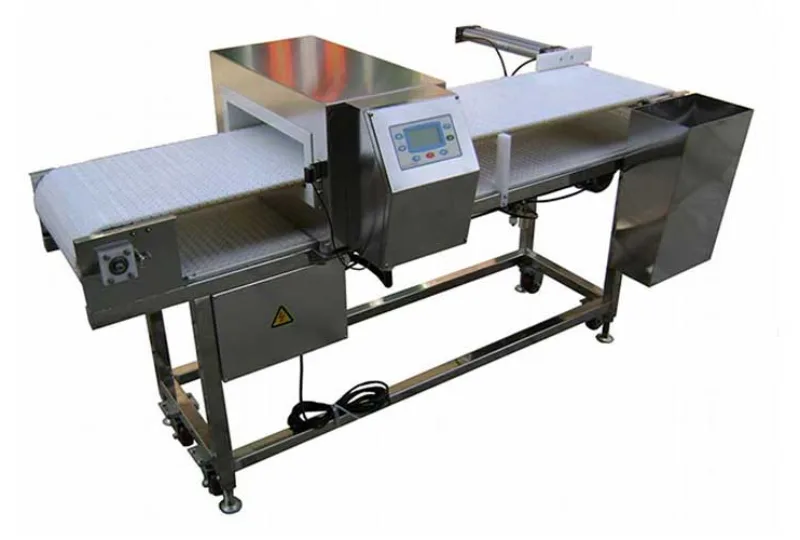 05
05Reliable Food Packaging Solutions with China Bread, Candy, and Biscuit Machines
11-10-2025 -
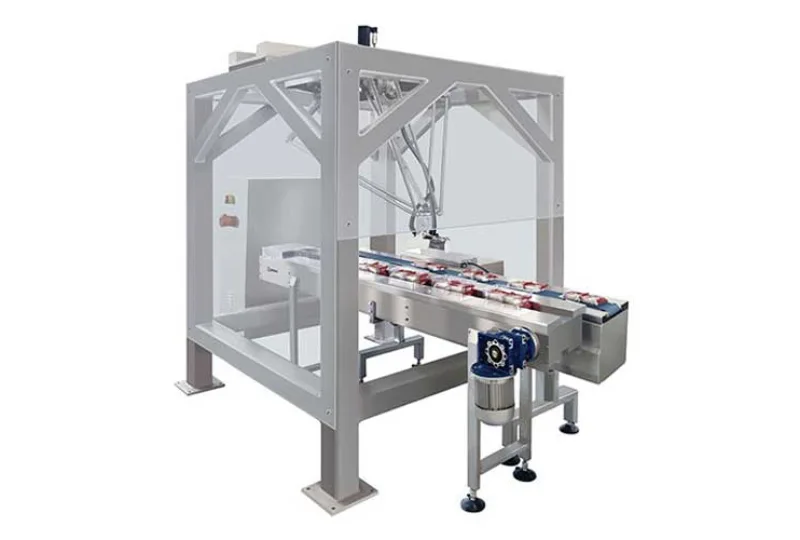 06
06High-Performance Automated Food Packaging Equipment for Modern Production
11-10-2025 -
 07
07Reliable Pillow Packing Machines for Efficient Packaging Operations
11-10-2025 -
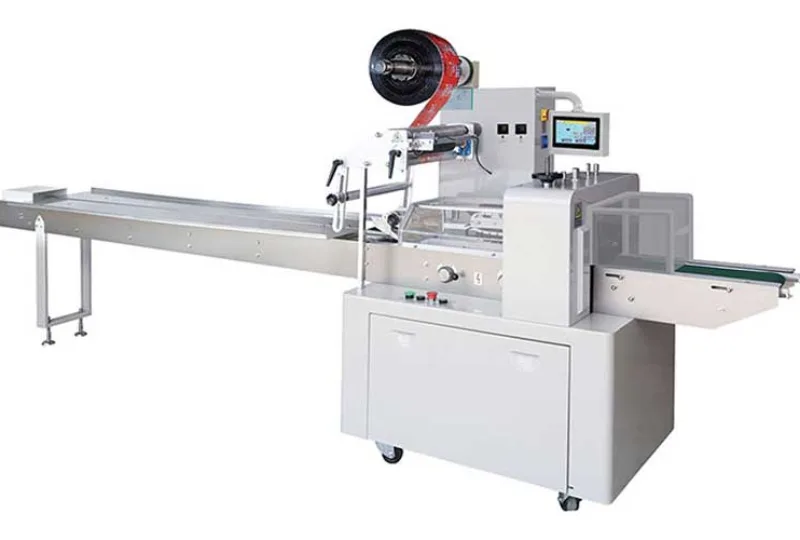 08
08Advanced Fully Automatic Packaging Solutions for Efficient Production
11-10-2025 -
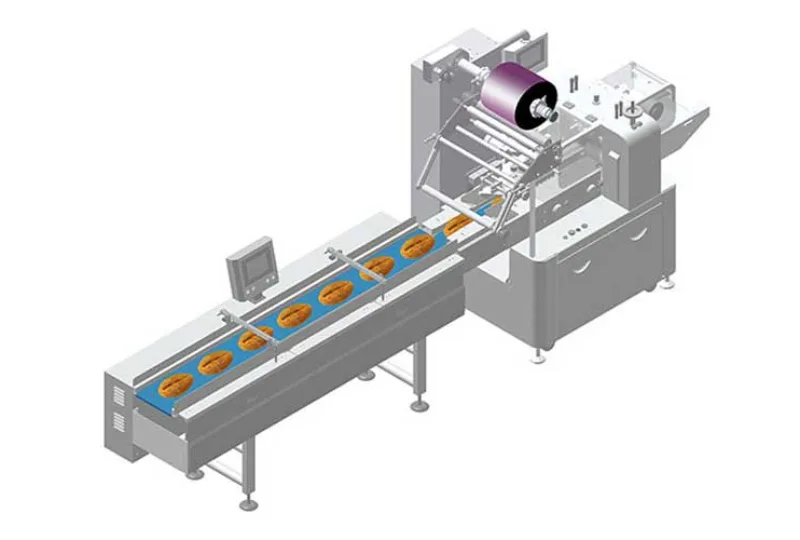 09
09Efficient Automatic Food Packaging Solutions for Modern Production
11-10-2025 -
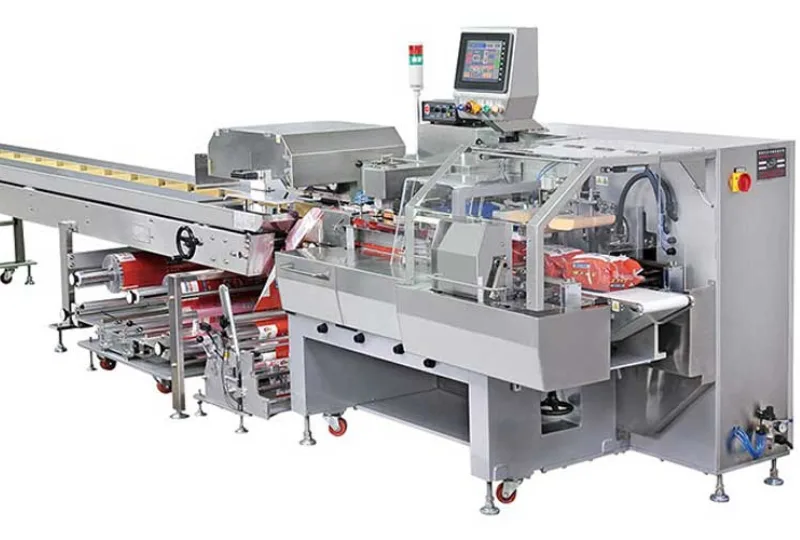 10
10Advanced Automatic Packaging Equipment for Efficient Production
11-10-2025






